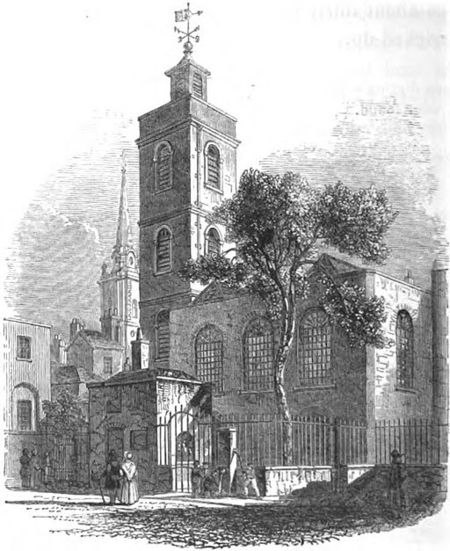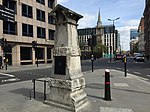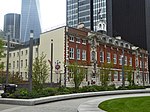St James Duke's Place
1727 establishments in England1874 disestablishments in EnglandAldgateBuildings and structures demolished in 1874Churches in the City of London ... and 2 more
Demolished churches in LondonFormer buildings and structures in the City of London

St James Duke's Place was an Anglican parish church in the Aldgate ward of the City of London It was established in the early 17th century, rebuilt in 1727 and closed and demolished in 1874.
Excerpt from the Wikipedia article St James Duke's Place (License: CC BY-SA 3.0, Authors, Images).St James Duke's Place
Mitre Passage, City of London
Geographical coordinates (GPS) Address Website Nearby Places Show on map
Geographical coordinates (GPS)
| Latitude | Longitude |
|---|---|
| N 51.513611111111 ° | E -0.077777777777778 ° |
Address
The Aldgate School
Mitre Passage
EC3A 5DE City of London
England, United Kingdom
Open on Google Maps









